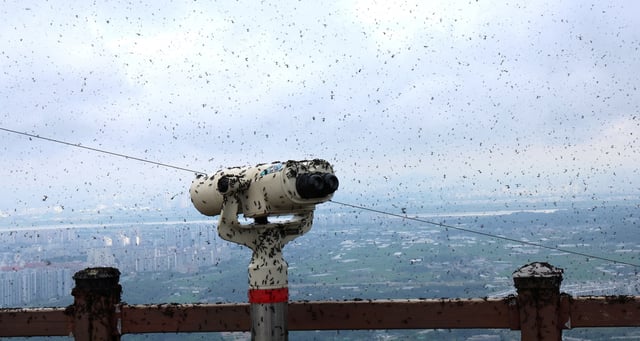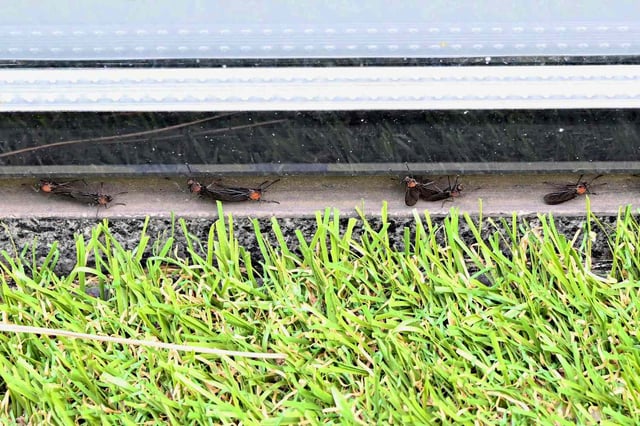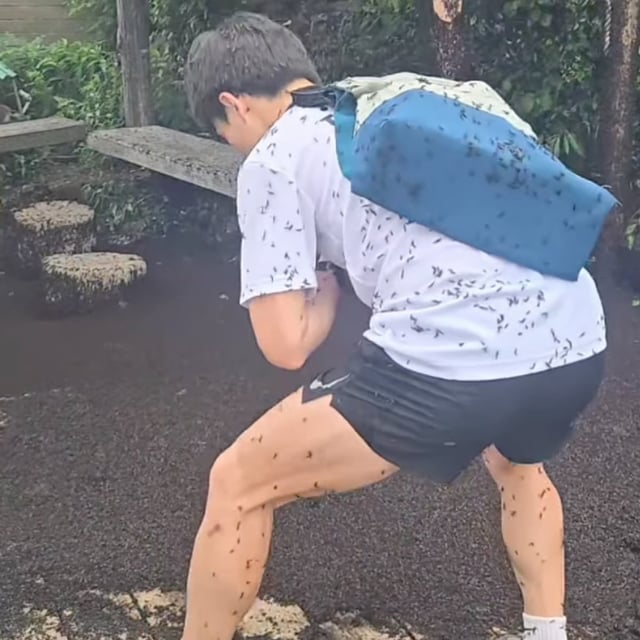Overview
- Dense lovebug clouds continue to blanket Mount Gyeyang’s trails, urban streets and rest areas, prompting viral videos and on-site complaints.
- The insects feed on nectar and decaying plant matter without biting or transmitting diseases, playing a beneficial role in pollination and soil decomposition.
- Seoul registered 9,296 lovebug complaints in 2024, and Incheon’s Gyeyang District logged nearly 360 reports by late June compared to 62 at the same point last year.
- Authorities advise using water spraying, sticky traps, reduced outdoor lighting and dark-colored clothing while warning against indiscriminate pesticide use.
- Government researchers are developing fungal larvicides targeting breeding sites, and adults’ one-week lifespan is expected to lead to a natural die-off by mid-July.



